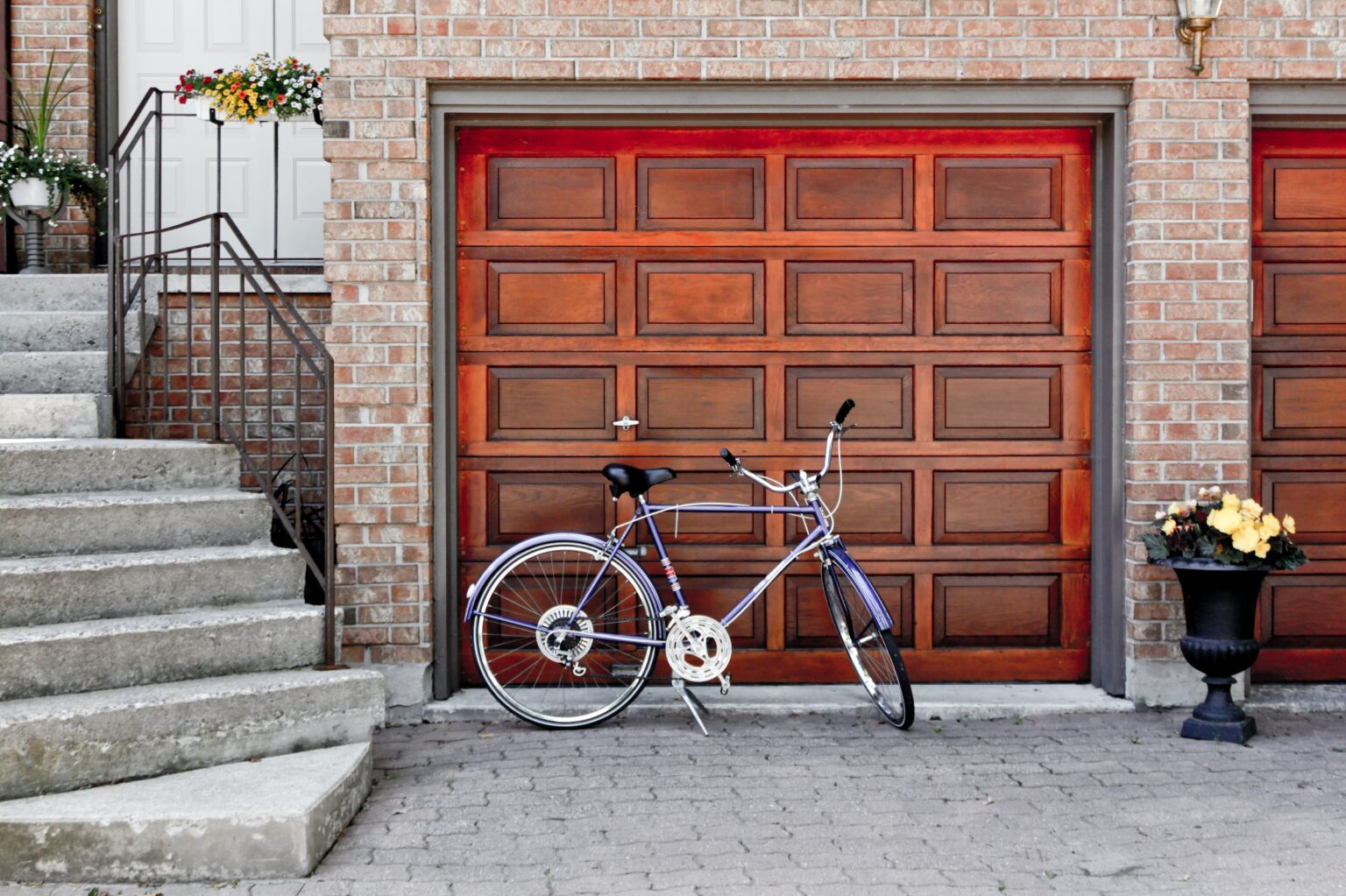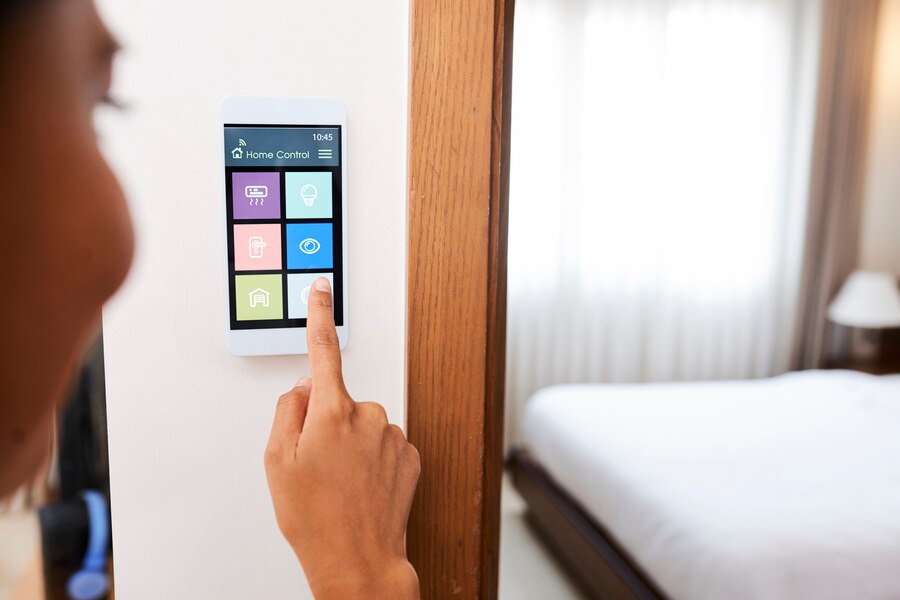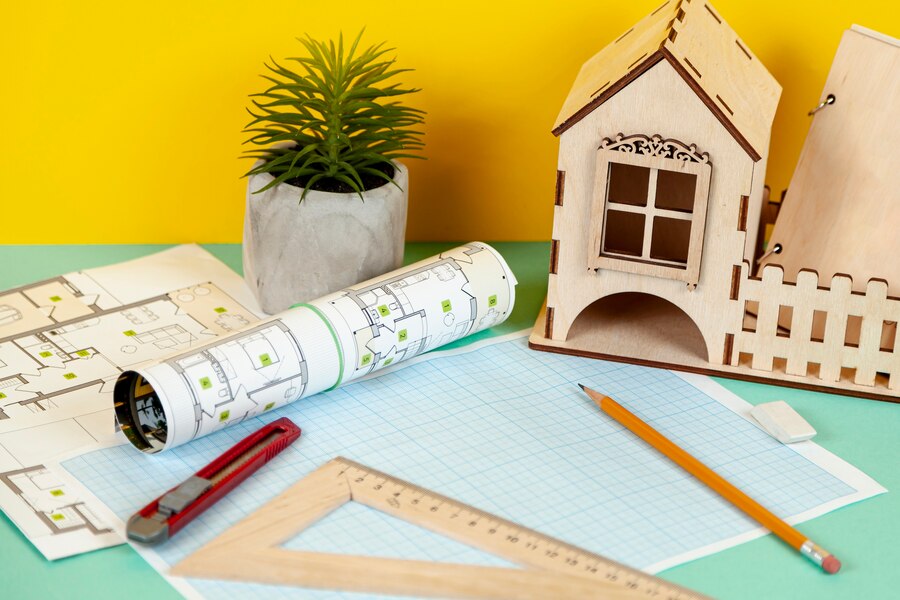
Types of sockets to consider changing around the house when rewiring
When rewiring your home, it’s a good time to think about new sockets. Modern sockets can make your house safer and more useful. Some charge devices faster, while others protect against power surges. You might want smart sockets or ones that are safer for kids. There are also outdoor sockets that can handle rain. New sockets aren’t just about looks – they can fix old problems and handle more power for all our modern gadgets. Before you start, it’s helpful to know about the different types of sockets you can choose from.
 Blanking Plates
Blanking Plates
Blanking plates are simple but useful items in home electrics. They’re flat covers that hide empty electrical boxes or old socket spots on your wall. When you remove an old socket or switch, you might not want a hole left behind. That’s where blanking plates come in. They keep your walls looking neat and tidy. These plates also serve a safety purpose. They prevent dust, small objects, or curious fingers from getting into empty electrical spaces. Blanking plates come in different styles and colors to match your other sockets and switches. They’re easy to install and can be removed later if you decide to add a new socket or switch in that spot.
Double Sockets
Double sockets are the workhorses of home electrics. You’ll find them in most rooms of a house. They have two plug spots side by side, allowing you to connect two devices at once. This makes them very practical for areas where you use multiple electronics, like living rooms, kitchens, or home offices. Modern double sockets often come with extra features. Some have USB ports for charging phones and tablets. Others are “smart” sockets that you can control with your phone or voice. When choosing double sockets, think about what you’ll plug in. Some have one switch for both plugs, while others let you control each plug separately. They come in different styles to match your home decor.

Fused Spur Sockets
Fused spur sockets are special sockets with built-in safety features. They have their own fuse and an on/off switch. These sockets are often used for appliances that need their own electrical circuit, like electric showers, cookers, or boilers. The fuse adds an extra layer of safety. If something goes wrong with the appliance, the fuse will blow, protecting your home’s main electrical system. The switch lets you easily cut power to the appliance without unplugging it. This is handy for appliances you don’t use all the time but want to keep plugged in. Fused spur sockets are usually installed by electricians as part of a specific appliance setup.
Shaver Sockets
Shaver sockets are designed for use in bathrooms. They’re made to power small, low-power devices like electric shavers, toothbrushes, or hair trimmers. What makes them special is their safety features. Bathrooms are damp places, which can be dangerous with electricity. Shaver sockets have extra protection against water splashes. They also have an isolation transformer inside. This special device helps prevent electric shocks. Some shaver sockets have two voltage options: 115V and 230V. This lets you use devices from different countries. While they’re called “shaver” sockets, remember they’re not for high-power devices like hair dryers. Always check what devices are safe to use with these sockets.

Single Sockets
Single sockets are just what they sound like – sockets with one plug spot. They’re less common than double sockets but still very useful in certain situations. You might find them in places where you only need to plug in one device, or where there isn’t much wall space. For example, behind a refrigerator or washing machine. Single sockets are also useful in bedrooms, perhaps next to the bed for a lamp or phone charger. Some modern single sockets come with a built-in USB port, which is handy for charging devices without using a plug adapter. When installing single sockets, think about what you’ll use them for. If you might need more plug spots in the future, it might be better to put in a double socket instead.

Telephone Sockets
Telephone sockets are designed for connecting landline phones to your home’s phone network. They have a specific shape that fits telephone cables. While less common now due to mobile phones, many homes still have them. These sockets are also important for internet connections, especially if you have DSL internet that uses phone lines. Most telephone sockets in the UK use the BT plug standard. Some homes have more than one telephone socket, allowing phones in different rooms. There are also combo sockets that have both a telephone socket and a regular power socket in one unit. If you’re installing new telephone sockets, consider where you might want to use a landline phone or connect to the internet.
 TV Sockets
TV Sockets
TV sockets, also known as aerial sockets or coaxial sockets, are designed for connecting televisions to antenna or cable services. They look different from regular power sockets, with a round connector in the middle. This shape matches the end of TV antenna cables. TV sockets allow you to get television signals from a roof antenna or cable service. Some homes have multiple TV sockets in different rooms, all connected to the main antenna. This lets you put TVs in various places without running long cables. When installing TV sockets, think about where you might want to put televisions now or in the future. It’s also worth considering satellite TV connections, which use a different type of socket.
When rewiring your home, choosing the right sockets can greatly improve your daily life. It is always worth checking out specialist electrical retailers like Acas. From standard double sockets to specialized ones like shaver sockets or fused spurs, each type serves a specific purpose. Consider your current and future needs in each room. Think about safety, convenience, and aesthetics. Remember, while some simple changes can be DIY projects, major rewiring should be done by a professional electrician. With the right selection of sockets, you can create a home that’s not only safer but also more functional and ready for modern technology.



